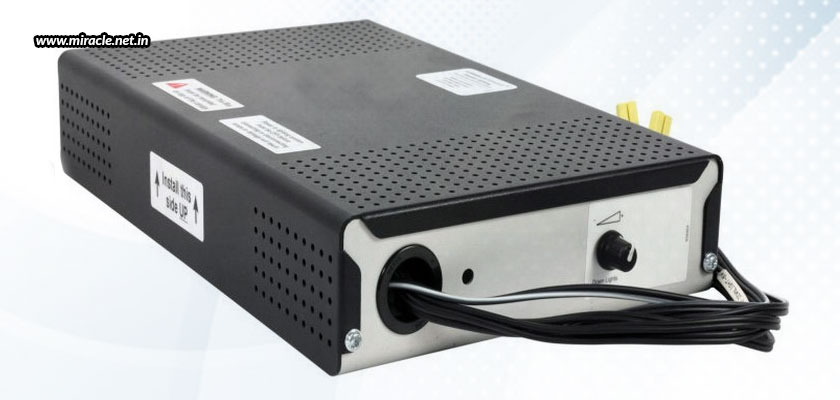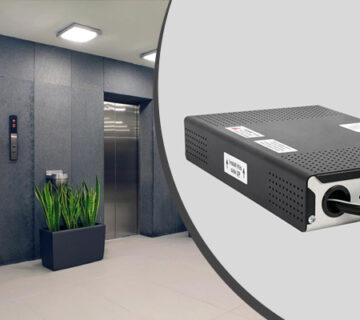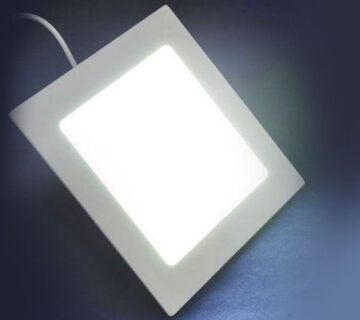Simply installing fancy lighting within your home or office is just not enough. In today’s times when everyone is looking for energy saving options, aren’t you!? In addition to considering the type of lighting fixtures to install, you must also take into account lighting controls, lighting standards, and daylight harvesting, to ensure both effectiveness and efficiency. Installing fancy lighting systems will illuminate your space, while making your room look modern and attractive, but quality-controlled lighting systems will transform the perception of your space and create integrated designs that make bring architecture to life, while also saving on current and future bills. If you yet don’t understand how this becomes possible, we’re here to help. We’ll help you know about all of the aforementioned elements in detail so that you realize how the right kinds of lighting systems can affect your visuals as well as your bills.
Codes and standards
There is the National Lighting Code that has been published by the Bureau of Indian Standards, formulated to set out the requirements for responsible social, commercial, and engineering conduct for the designers, manufacturers, and suppliers of lighting. Abiding by these codes helps achieve the basic social safety and environmental objectives. The code encourages good lighting practices and systems, which can minimize light pollution and trespass, while also conserving energy and maintaining utility and productivity.
Daylight harvesting
Properly controlled daylight within a space reduces the dependence on electrical lighting, thus also reducing the bills. Daylight harvesting uses photosensors to monitor daylight levels in a space, adjusting lighting fixture outputs to maintain the space’s proper illumination levels. Early consideration about the lighting design and fixture criteria can thus bring better results, and significantly reduce associated costs.
Lighting controls
Lighting controls can provide lighting functionality, while saving energy. The list of lighting controls includes –
Time scheduling – This controls the light by turning on/off, or dimming it based on a predetermined customized schedule.
Task tuning – Maximum light levels are set or tuned for a particular purpose or task in a specific room. This prevents over-lighting, and extends the life of the lighting system.
Occupancy/vacancy control – This kind of control influences the lighting based on detected occupancy and vacancy of the space. The lights can be put on while entering the space, but they’ll automatically be turned off when the room becomes vacant. This helps save energy that would have otherwise been consumed with the lights uselessly on even when there was no one in the room to use it.
Personal control – As the name itself suggests, this type of control offers every individual within the space to tailor the lighting to their personal preferences and requirements. This could be done by giving each user control over the lighting system in a granular way, or by employing an ambient lighting strategy to provide an individual task light at every workstation.
Whether it is your private room, your office, your lobby, a conference room, or storage room, having a good lighting design incorporates every critical aspect considered. A perfect balance can make any space both functional and energy-efficient. No matter what your requirement and application, when you’re looking for such a perfect balance, Miracle Electronics can always help, which is clearly proven by the renowned name we hold in the industry of power control for ceiling and cab lighting in India.




